Chicago Fed President Austan Goolsbee expressed a cautious optimism in an interview with Marketplace Radio yesterday, noting that the focal point of discussions surrounding interest rates might soon shift.
Goolsbee acknowledged “overall level of inflation is still above where we want to be.” Despite the circumstances, he demonstrated a semblance of confidence that “There’s a growing confidence that we can pull it off.”
However, he asserted that the achievement wasn’t set in stone, adding a note of caution: “that’s not a guarantee.”
Goolsbee foresees a change in narrative in the coming times. Instead of deliberating on the scale of rate hikes, he envisaged that the discourse would gravitate towards the duration for which rates should be maintained at the established levels to steer the economy back on the desired path.
Putting it succinctly, he remarked, “We are very rapidly approaching the time when our argument is not going to be about how high should the rates go.”
Elaborating on this, he stated, “it’s going to be an argument of how long do we need to keep the rates at this position before we’re sure that we’re on the path back to the target.”
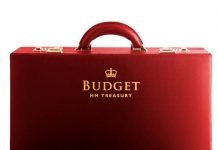


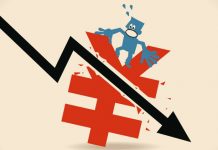
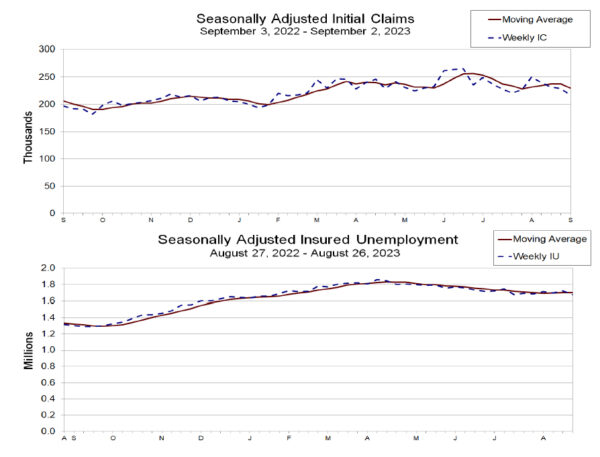
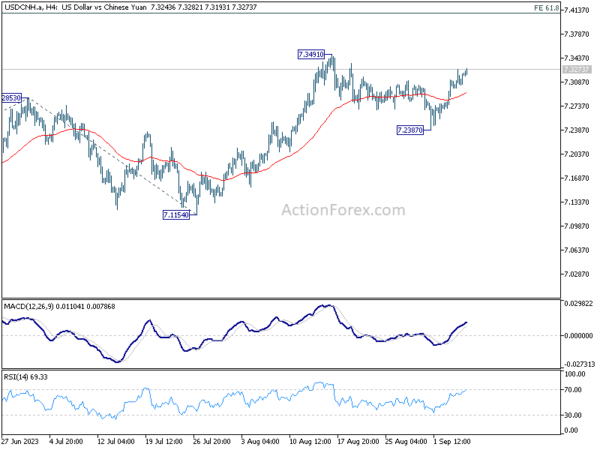
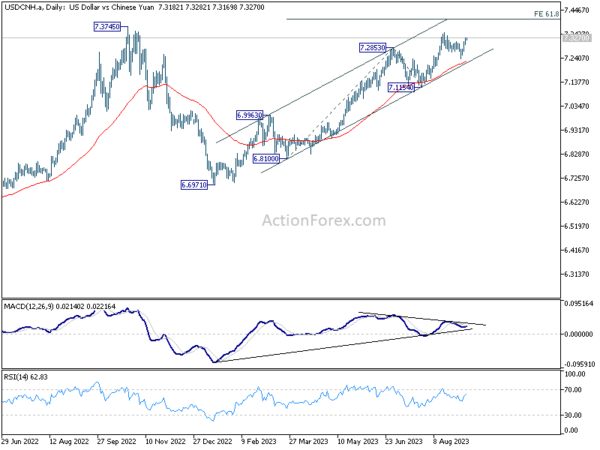
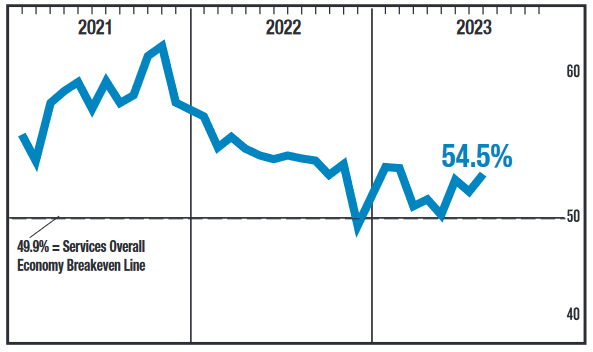
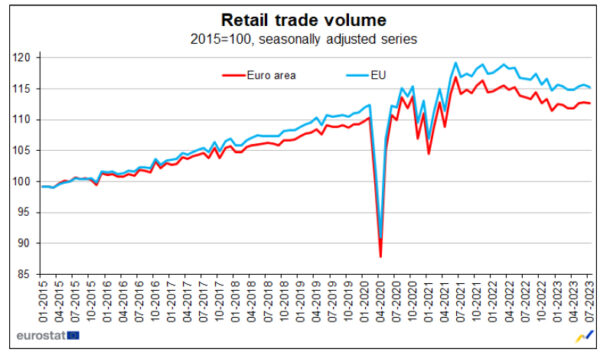
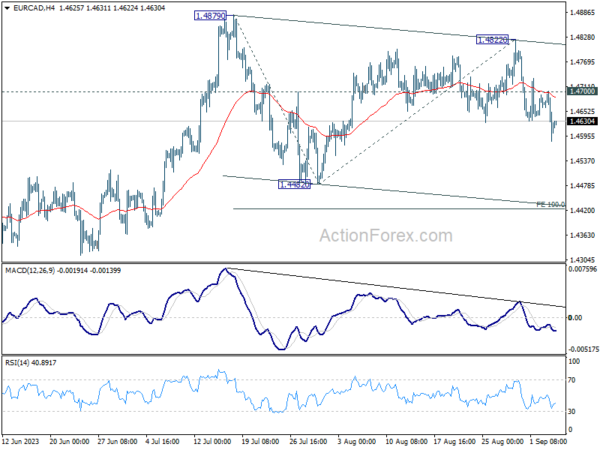
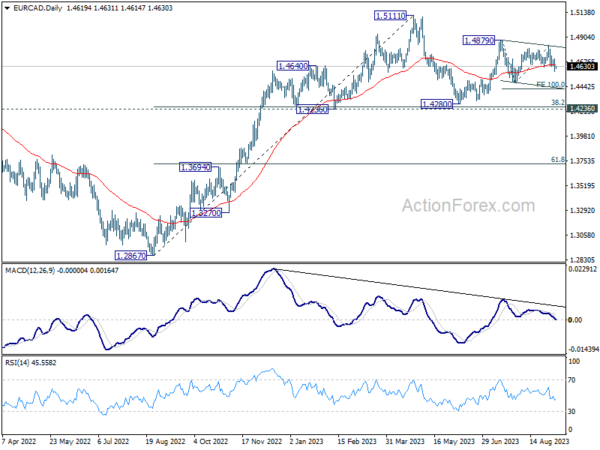

Fed Logan: Skipping in Sep does not imply stopping
Dallas Fed President Lorie Logan remains unconvinced that the central bank has fully “extinguished excess inflation”, and “there is work left to do.”
With the upcoming FOMC meeting slated for September 19-20, Logan noted “another skip could be appropriate.” However, she was quick to add that “skipping does not imply stopping,” suggesting that further policy actions might still be on the table.
Logan expressed a consciousness of the dual risks presented at this junction: the peril of sustained high inflation and the danger of dampening the economy too much.
With this in mind, she emphasized, “In coming months, further evaluation of the data and outlook could confirm that we need to do more to extinguish inflation.”